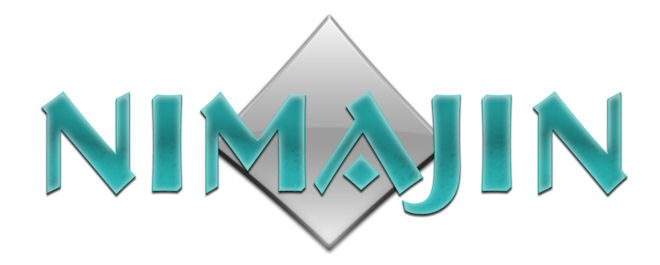Why should a visual recognition system expect straight lines? The arrangement of photoreceptors in the retina has no straight lines. Very little in nature that may be seen has straight lines. Primitive people do not build angular objects. Yet, I think straightness came from building things. What could be the first straight thing? Baskets? Arrows? Lines drawn in clay? Not even knife edges were straight. Maybe the horizon - out over the ocean. There is no survival value in building a recognition system within an animal upon a framework of straight lines. Except maybe for orientation to the horizon.
Why did Hubel and Wiesel concentrate on straight lines?
The things that are important to recognize are curved. In all directions. Food like berries, fruits, grasses and animals are all curved. The path upon which you walk. The trees over your head.
So can a recognition system be built upon collections of curves?
Sunday, December 16, 2007
Monday, December 10, 2007
Artificial Intelligence: Answer the Questions
The point of AI is to get answers to questions.
In music:
- What is that instrument?
- Who is that artist?
- What else have they done?
- What is similar?
- Has this been done before?
- How is that sound made?
- What are the words?
- What is its name?
- Where was this performed?
In images and video:
- What is that thing?
- Who made it?
- What else have they made?
- What is similar?
- Where can I get one?
- Who is that person?
- What is it made from?
- How old is it?
- Who made it?
- Can you show me more details?
- How did they do that?
About things:
- What are the parts?
- How much does it cost?
- Where can I get one?
- How does it work?
- Who made it?
- Who's working on its development?
Then there are the 'what if' scenarios: Substitute this for that - what happens?
AI is so complex and deep that it is very easy to get lost in the implementation details. The details need to get worked out, but the point is to answer questions.
Subscribe to:
Comments (Atom)
.jpg)
